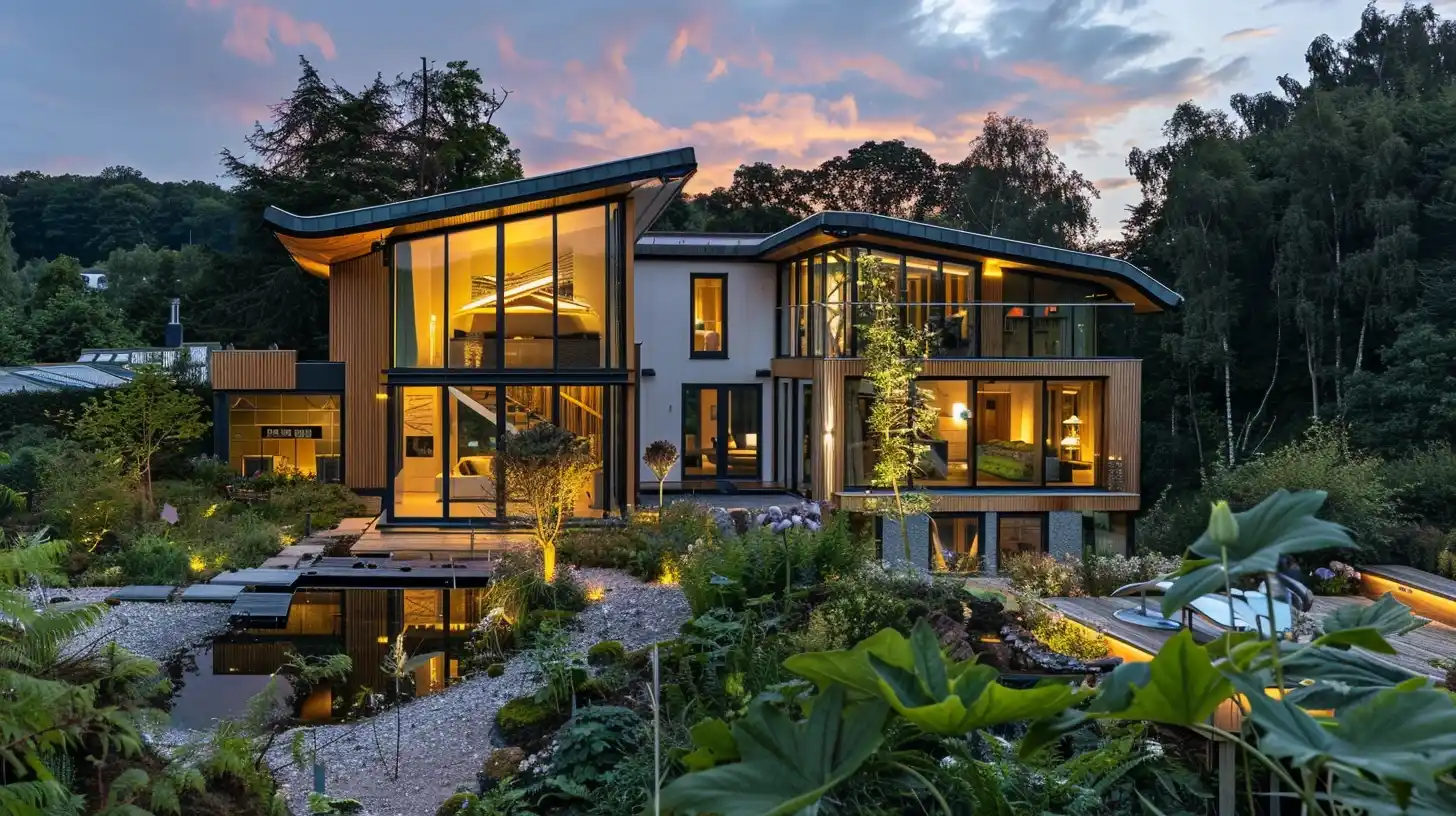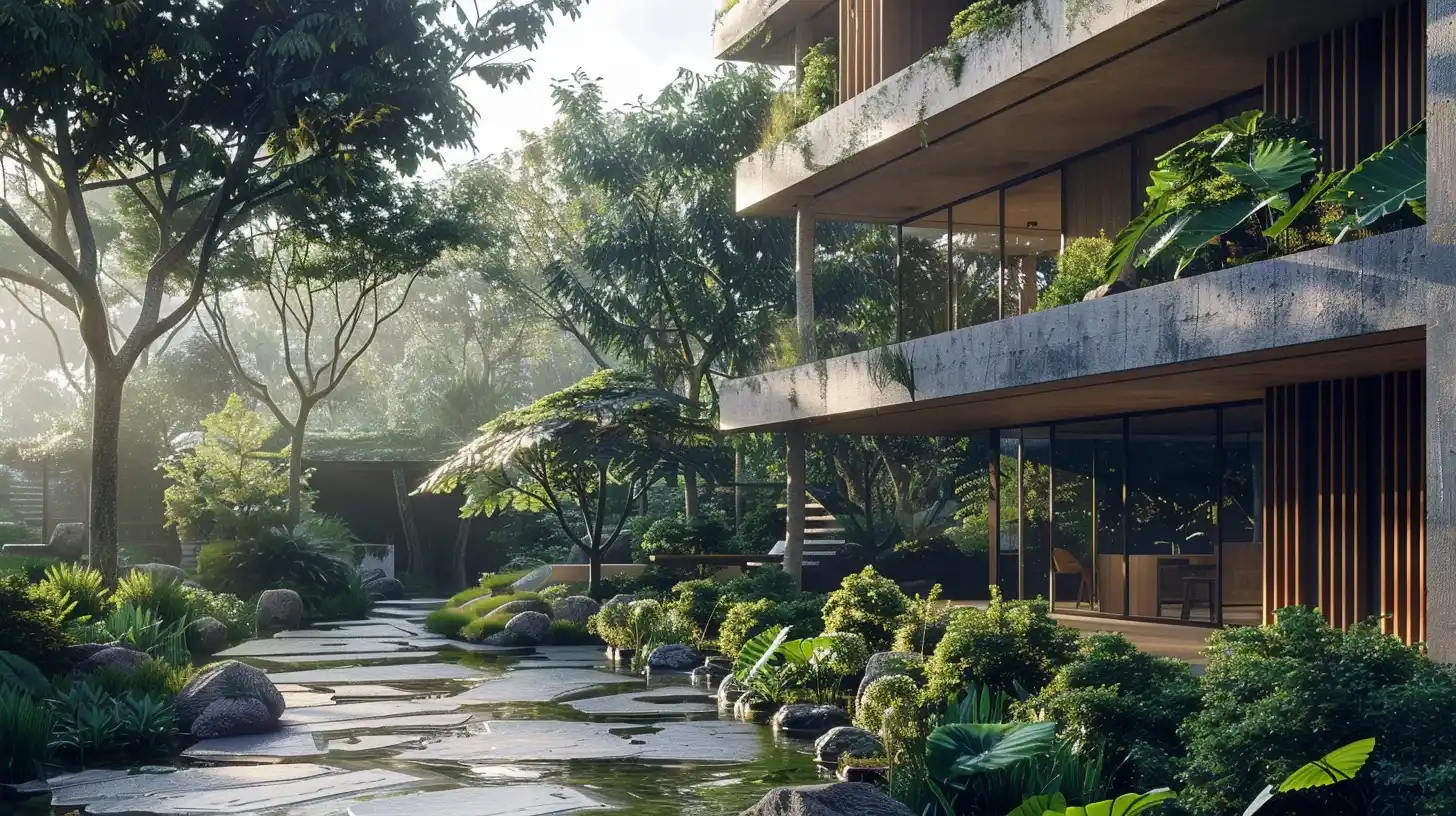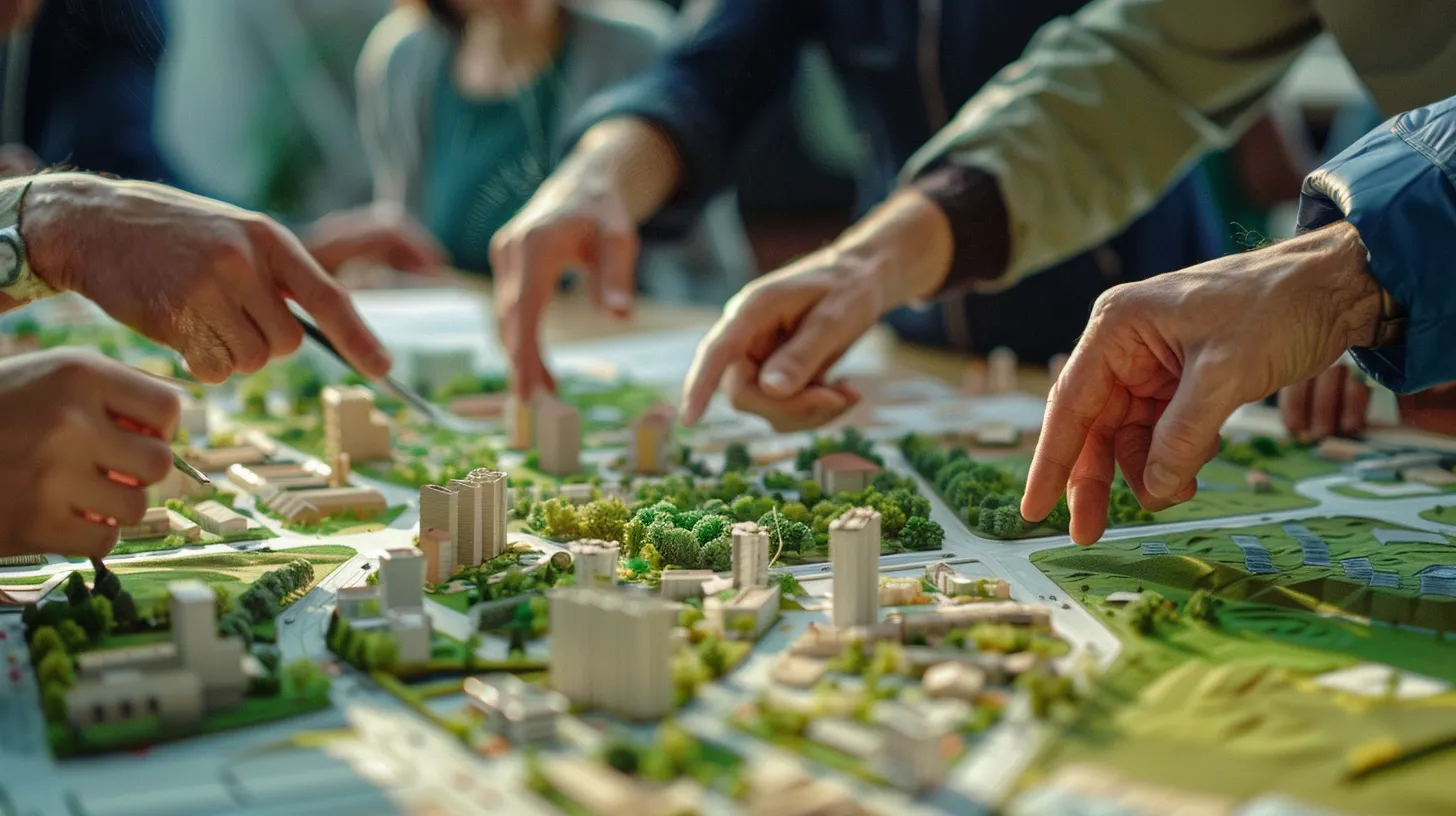
Sustainable Transportation Hubs Integrate Transit with Architecture
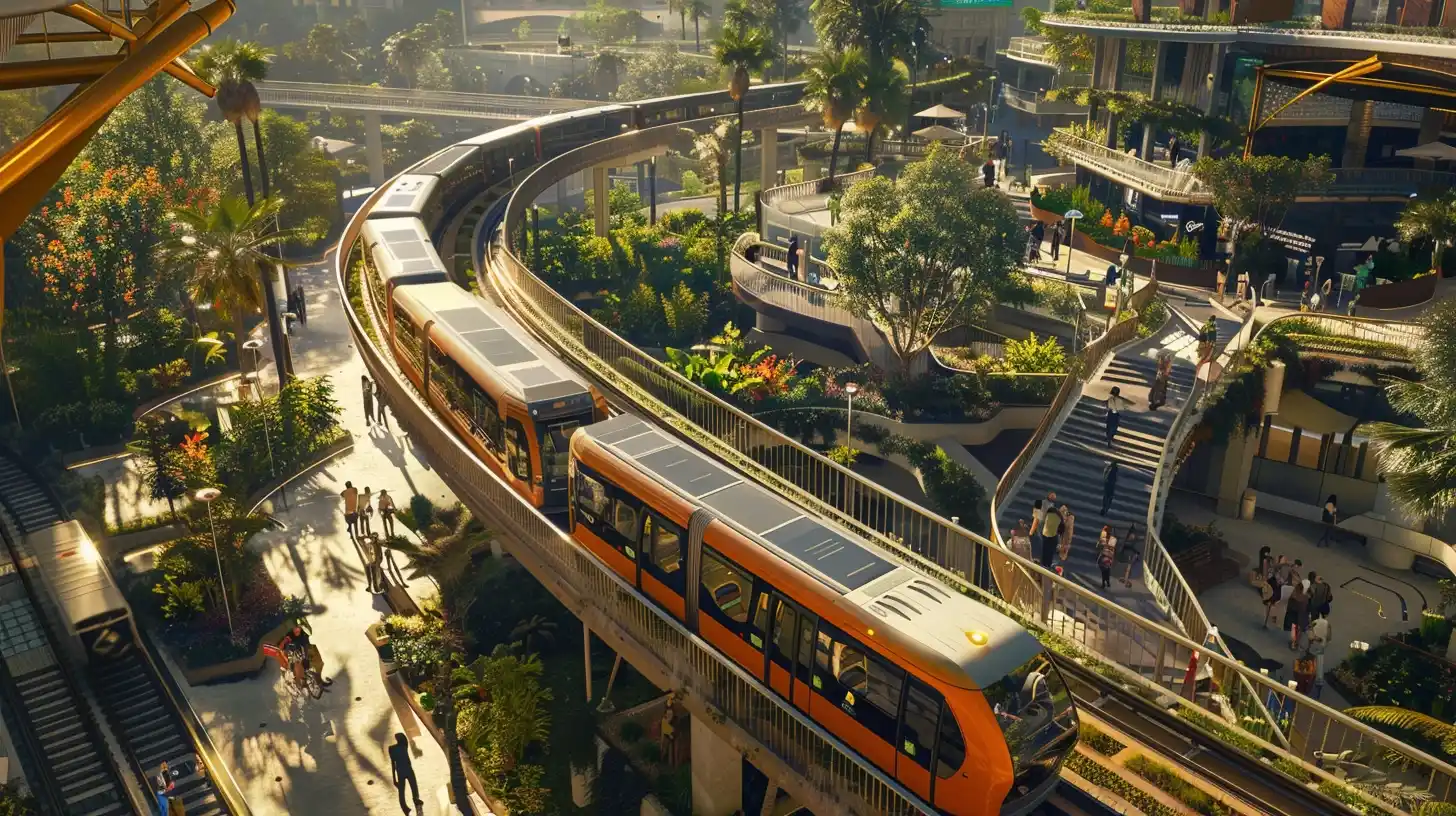
Transportation hubs stand as pivotal points in our modern urban landscapes, seamlessly connecting various modes of travel and shaping the way we move, live, and interact. As we stride into the future, these hubs are evolving into vibrant centers of connectivity and architectural marvels, redefining the very essence of sustainable mobility. Let’s delve into the exciting prospects of transportation hubs integrating transit and architecture, and how they are set to transform our cities.
Sustainable Transportation Hubs’ Integration To Society
In metropolises, transportation hubs serve as bustling nerve centers, where people, goods, and ideas converge. Whether it’s railway stations, airports, or bus terminals, these hubs knit together different modes of transport, facilitating seamless journeys for millions of commuters every day. But beyond mere functionality, the future of transportation hubs lies in their integration with cutting-edge architectural design and sustainable principles.
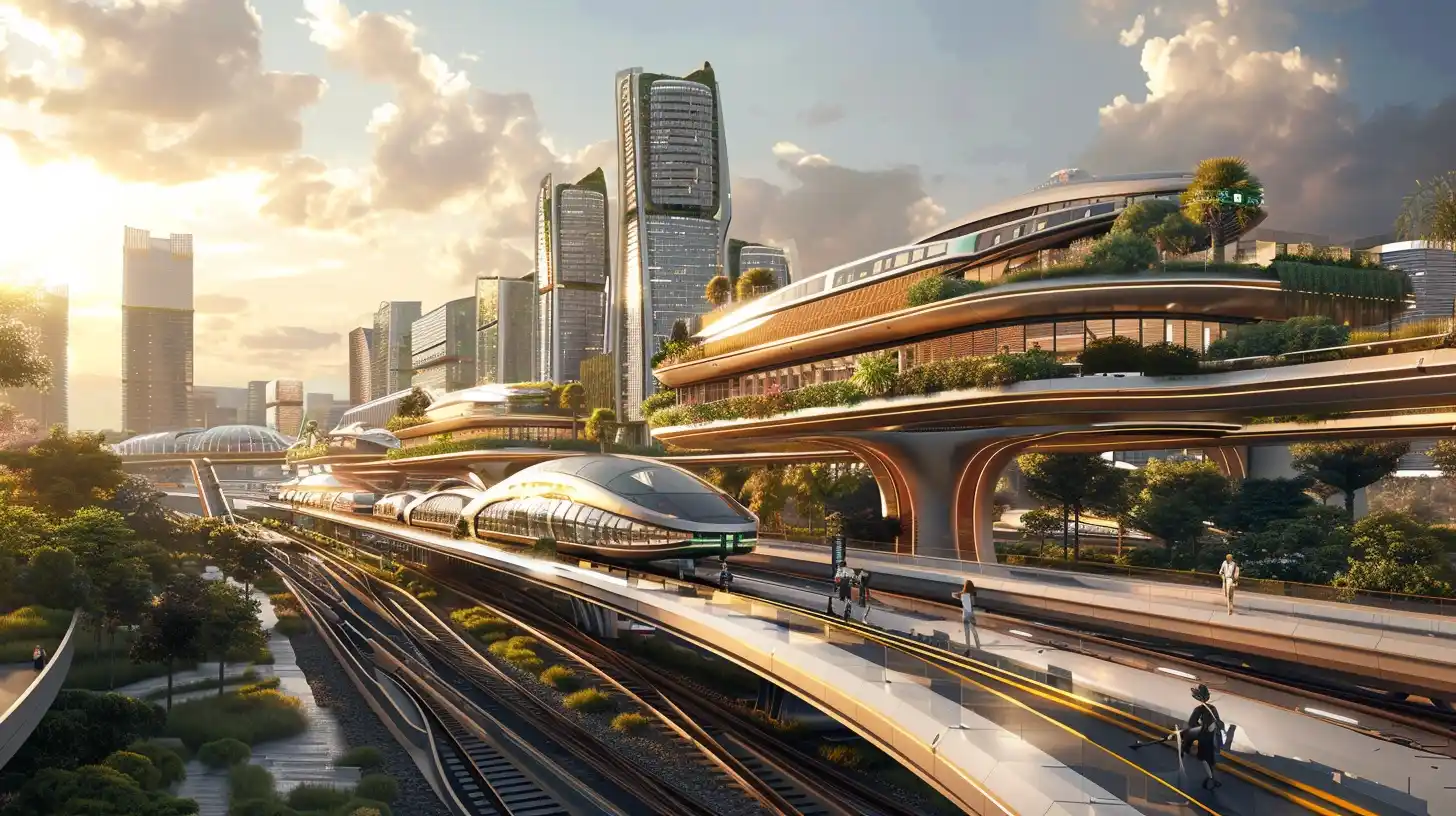
These Sustainable Transportation Hubs Are Game Changers
Architecture has long been the cornerstone of iconic transportation hubs, reflecting the identity and ethos of their surroundings. In the years to come, architectural innovation will continue to shape the landscape of these hubs, blending aesthetics with functionality in unprecedented ways. From sleek, futuristic designs to eco-friendly structures, the architecture of transportation hubs will captivate the imagination and redefine urban skylines.
What Its Prospects Looks Like
Sustainability lies at the core of the future of transportation hubs. With the pressing need to mitigate climate change and reduce carbon emissions, these hubs are embracing green practices and eco-friendly technologies. Rooftop gardens, solar panels, and rainwater harvesting systems are just a few examples of how sustainability is being woven into the fabric of transportation hub design. By harnessing renewable energy and minimizing environmental impact, these hubs are paving the way for a greener, more sustainable future.
Connectivity Is Key
As we envision the future of transportation hubs, one thing is clear: connectivity is key. Advancements in digital technology and smart infrastructure are revolutionizing the way we travel, enabling seamless integration between different modes of transport. From real-time information systems to integrated ticketing platforms, these innovations are making it easier than ever for commuters to navigate complex transportation networks.
Architecture and Sustainable Mobility
When it comes to sustainable transportation hubs, architecture plays a dual role as both a functional necessity and a defining aesthetic. As we look ahead, the fusion of architectural innovation and sustainable mobility solutions is set to reshape the very fabric of transportation hubs, ushering in a new era of connectivity and eco-conscious design.
Architecture has always been a reflection of societal values and technological progress. In the context of transportation hubs, it serves as a beacon of connectivity, guiding travelers through intricate networks of roads, rails, and runways. But beyond its utilitarian function, architecture has the power to inspire, evoke emotion, and elevate the human experience.
Environmental Stewardship
In the quest for sustainability, architecture emerges as a powerful tool for change. The principles of green design, energy efficiency, and environmental stewardship are increasingly shaping the way we conceptualize and construct transportation hubs. From passive design strategies that optimize natural light and ventilation to innovative materials that minimize carbon footprint, sustainable architecture holds the key to creating hubs that are not only functional but also environmentally responsible.
Integration of Green Spaces and Biophilic Elements
One of the most exciting trends in transportation hub design is the integration of green spaces and biophilic elements. Rooftop gardens, vertical forests, and urban oases not only provide much-needed respite for weary travelers but also contribute to biodiversity, improve air quality, and mitigate urban heat island effects. By blurring the boundaries between built and natural environments, these green interventions foster a sense of connection with nature in the midst of bustling urban landscapes.
Moreover, sustainability extends beyond the physical infrastructure of transportation hubs to encompass the very modes of transport they serve. Electric vehicles, autonomous shuttles, and shared mobility services are revolutionizing the way we move within and between cities, offering cleaner, more efficient alternatives to traditional transportation modes. By seamlessly integrating these sustainable mobility solutions into transportation hubs, we can create holistic ecosystems of transit that prioritize environmental conservation and social equity.
Transportation Hubs as Catalysts for Urban Revitalization
Beyond their functional role in facilitating transportation, hubs can transform the fabric of urban communities, serving as catalysts for revitalization, economic growth, and social cohesion. As we look to the future, transportation hubs are poised to play an even greater role in shaping the cities of tomorrow, fostering vibrant, livable spaces where people can thrive.
Transit-Oriented Development
One of the key drivers of urban revitalization is the concept of transit-oriented development (TOD), which centers around the idea of creating compact, mixed-use communities around transportation hubs. By integrating residential, commercial, and recreational spaces within walking distance of transit nodes, TODs promote sustainable living, reduce car dependency, and create vibrant, pedestrian-friendly neighborhoods.
Economic Activity and Development
Transportation hubs also serve as magnets for economic activity, attracting businesses, investment, and tourism to surrounding areas. From retail shops and restaurants to cultural attractions and entertainment venues, these hubs stimulate local economies and create job opportunities for residents. By leveraging the economic potential of transportation hubs, cities can unlock new avenues for growth and prosperity.
Social Connectivity and Cohesion
Moreover, transportation hubs are catalysts for social connectivity and community engagement. These hubs foster a sense of belonging and facilitate interactions among diverse populations by providing gathering spaces, public amenities, and cultural programming. Whether it’s a bustling train station plaza or a vibrant waterfront promenade, these communal spaces serve as the heartbeats of urban life, where people come together to connect, collaborate, and celebrate.
Power To Shape The Physical Form of Cities
In addition to their social and economic benefits, transportation hubs also have the power to shape the physical form of cities, influencing land use patterns, infrastructure investments, and urban design guidelines. By prioritizing pedestrian-friendly streetscapes, green spaces, and mixed-use development, cities can create more resilient, equitable, and inclusive communities that enhance the quality of life for all residents.
Final Thoughts
As we envision the future of transportation hubs, it’s clear that their transformative potential extends far beyond the realm of transportation. By embracing principles of sustainability, innovation, and inclusivity, these hubs can become engines of positive change, driving urban revitalization, economic prosperity, and social well-being in cities around the world.
Looking to embark on your architectural planning journey and harness the transformative potential of transportation hubs, contact Designs Boss today. Our team of expert architects and urban planners is here to guide you every step of the way, from conceptualization to construction, helping you realize your vision for a more sustainable and vibrant urban future.

